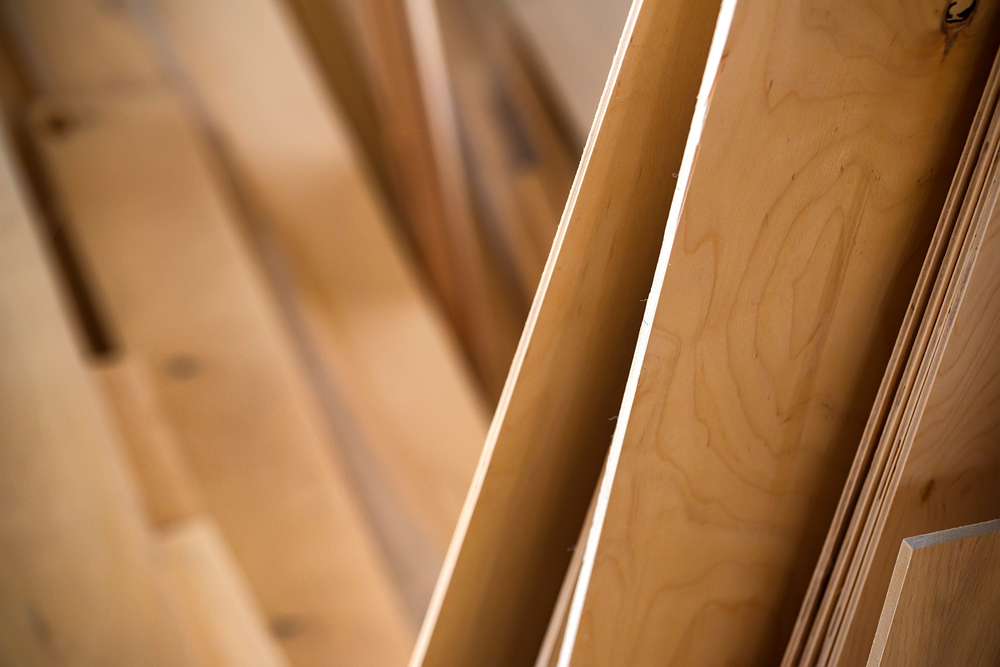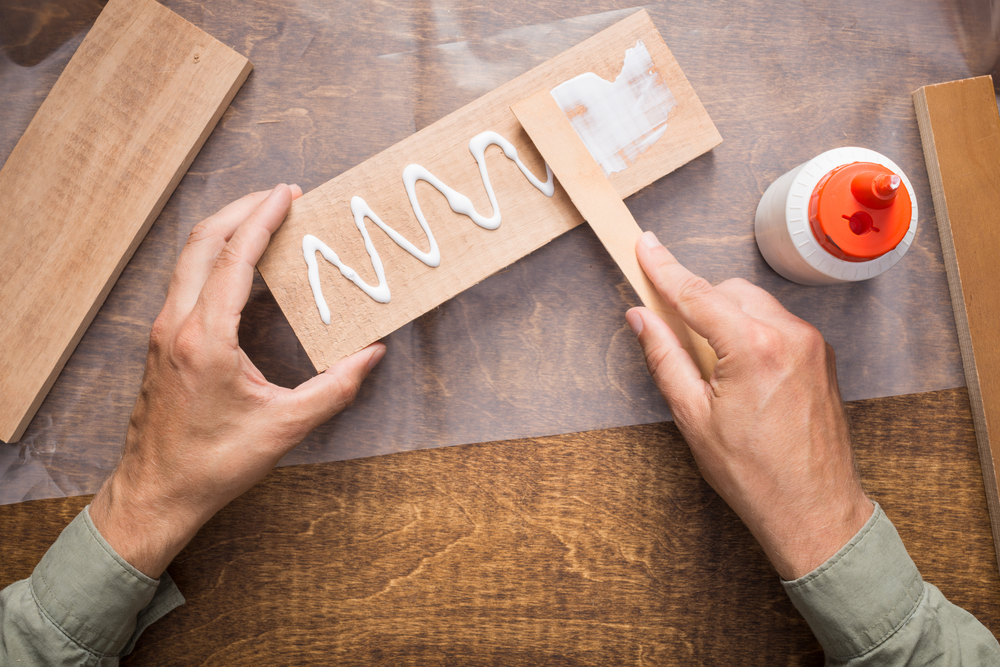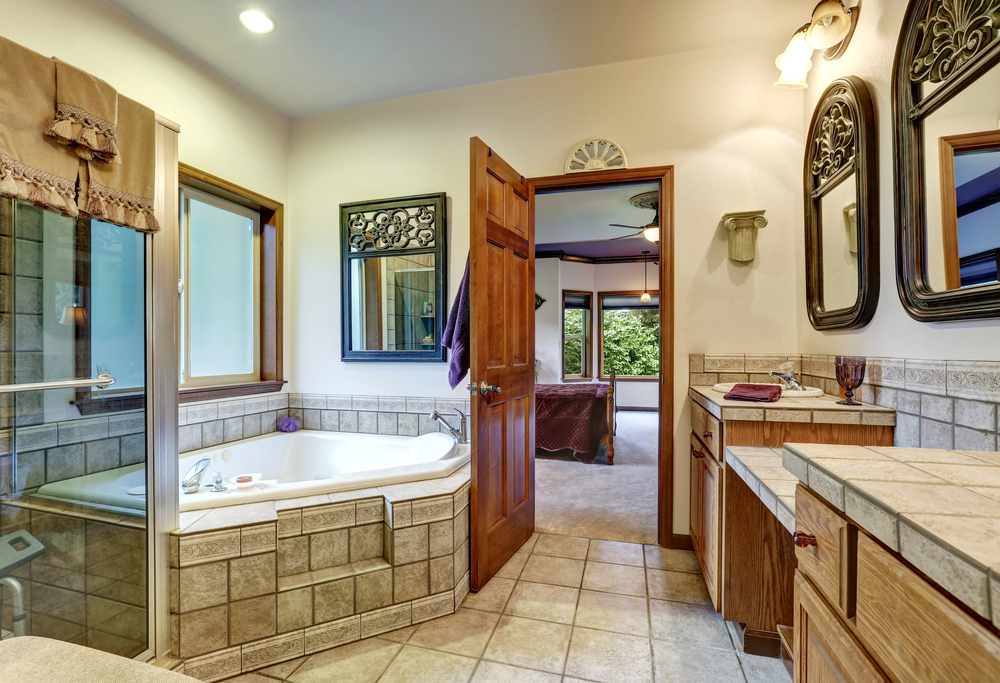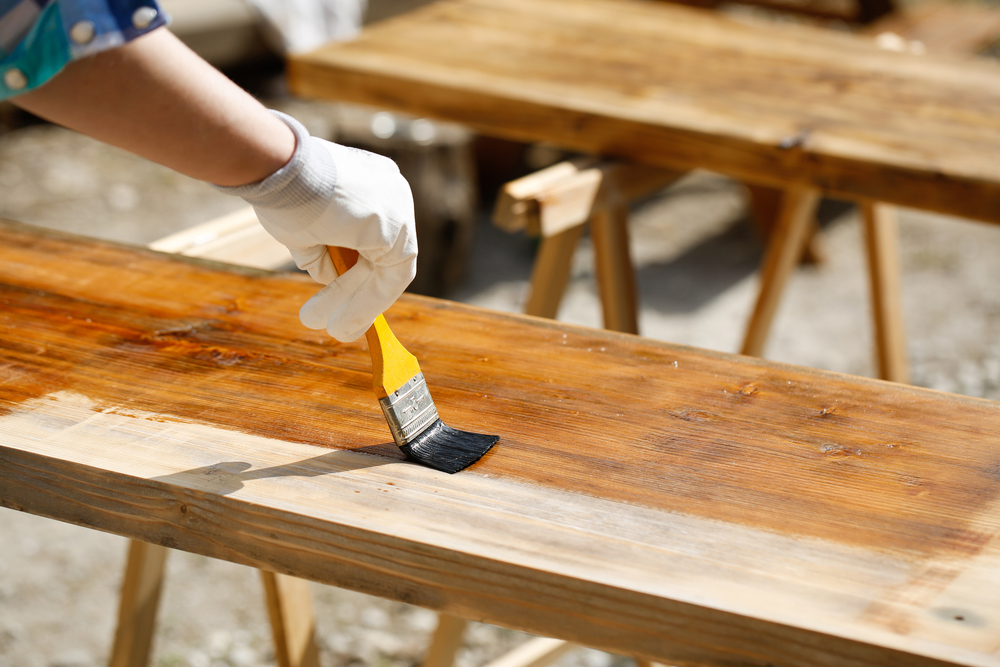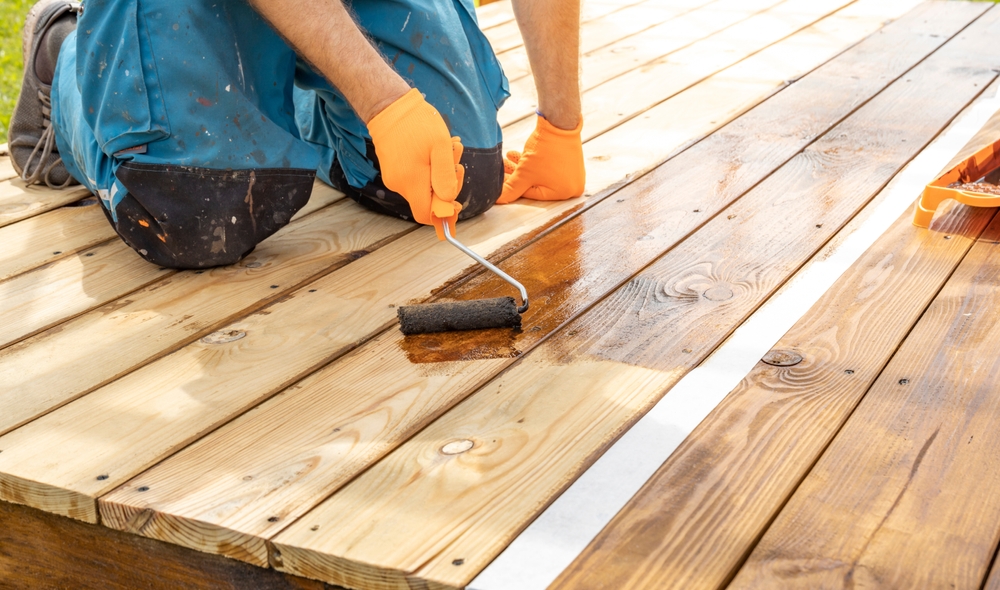Plumbing for Washing Machine
Plumbing for Washing Machine
Setting up plumbing for a washing machine might seem like a daunting task. However, when broken down into steps, it becomes manageable. Proper plumbing ensures your washing machine functions effectively.
Understanding Washing Machine Plumbing
A typical washing machine has three main connections. These include the hot water supply, the cold water supply, and the drain hose. Each connection plays a crucial role in the machine’s operation.
Hot and Cold Water Supply
Most washing machines require both hot and cold water supplies. The hot water is used for washing cycles that need warm water. The cold water is for rinsing and cold wash cycles.
You will need to install hoses that connect the washing machine to your home’s water supply. Ensure that the hot and cold water hoses are connected correctly to avoid issues during wash cycles.
Drain Hose
The drain hose is responsible for expelling used water from the washing machine. It should be connected to a standpipe or a laundry sink to direct the water away from the machine.
Secure the drain hose properly to prevent leaks and overflows. Proper drainage is crucial for the washing machine’s efficiency.
Tools and Materials Needed
- Adjustable wrench
- Pliers
- Screwdriver
- Washing machine hoses
- Pipe tape
- Drain hose
- Level
Steps to Install Washing Machine Plumbing
Select a Location
Choose a place near existing water lines and an electrical outlet. Ensure there is enough space for the machine and the required hoses.
Turn Off Water Supply
Before starting, turn off the water supply to avoid any accidents. Locate the main water valve and close it.
Connect Water Supply Hoses
Attach the hoses to the hot and cold water ports on the back of the washing machine. Use an adjustable wrench to secure them. Wrap pipe tape around the threads to ensure a tight seal.
Once connected, attach the other ends of the hoses to the water supply valves. Tighten them with pliers but avoid over-tightening to prevent damage.
Install Drain Hose
Connect the drain hose to the back of the washing machine. Secure it with a clamp if necessary. Position the other end of the hose into a standpipe or laundry sink. Make sure it is firmly in place to prevent leaks.
Level the Washing Machine
Use a level to ensure your washing machine is even. Adjust the feet at the bottom of the machine if needed. A level washing machine operates more efficiently and reduces noise and vibration.
Turn On Water Supply
Slowly turn the water supply back on. Check for any leaks around the water supply hoses. Tighten connections if necessary.
Run a Test Cycle
Plug in the washing machine and run a test cycle. Observe the machine to ensure water is entering and draining correctly. Listen for any unusual noises that might indicate an issue.
Common Issues and Solutions
Leaking Hoses
If you notice leaking hoses, check the connections and ensure they are tight. Reapply pipe tape if needed, and avoid over-tightening to prevent damage.
Water Not Draining
If the water is not draining, check the drain hose for kinks or clogs. Ensure it is properly positioned and secured. If problems persist, inspect the standpipe or sink for blockages.
Machine Vibration
If the washing machine vibrates excessively, check if it is level. Ensure the feet are properly adjusted. Make sure the load inside the machine is balanced to reduce vibration.
Maintenance Tips
Regular maintenance of washing machine plumbing can extend its lifespan and efficiency. Here are some tips:
- Inspect hoses regularly for signs of wear and tear.
- Clean the drain hose and standpipe periodically to prevent clogs.
- Check and adjust the machine’s level if needed.
Advanced Plumbing Considerations
Installing New Water Lines
If your chosen location doesn’t have existing water lines, you might need to install new ones. This task requires more advanced plumbing skills and might be best left to professionals.
Run new water lines from the main supply to the washing machine’s location. Use T-fittings to connect the new lines to existing ones. Ensure all connections are secure to prevent leaks.
Adding a Water Hammer Arrestor
A water hammer arrestor can prevent the banging sound caused by sudden changes in water pressure. Install the arrestor near the washing machine’s water supply lines. This addition can prolong the lifespan of your plumbing system.
Installing a Drain Pan
A drain pan placed under the washing machine can catch accidental leaks or overflows. Connect the drain pan to a nearby drain to direct water away from the floor. This is especially useful in laundry rooms located on upper floors.
Conclusion
Setting up plumbing for a washing machine involves connecting water supply hoses, installing a drain hose, and ensuring the machine is level. Proper installation and regular maintenance can prevent common issues and extend the machine’s lifespan.
Advanced plumbing tasks might require professional help, but understanding the basics can minimize the need for service calls. A well-installed and maintained washing machine contributes to a hassle-free laundry experience.

